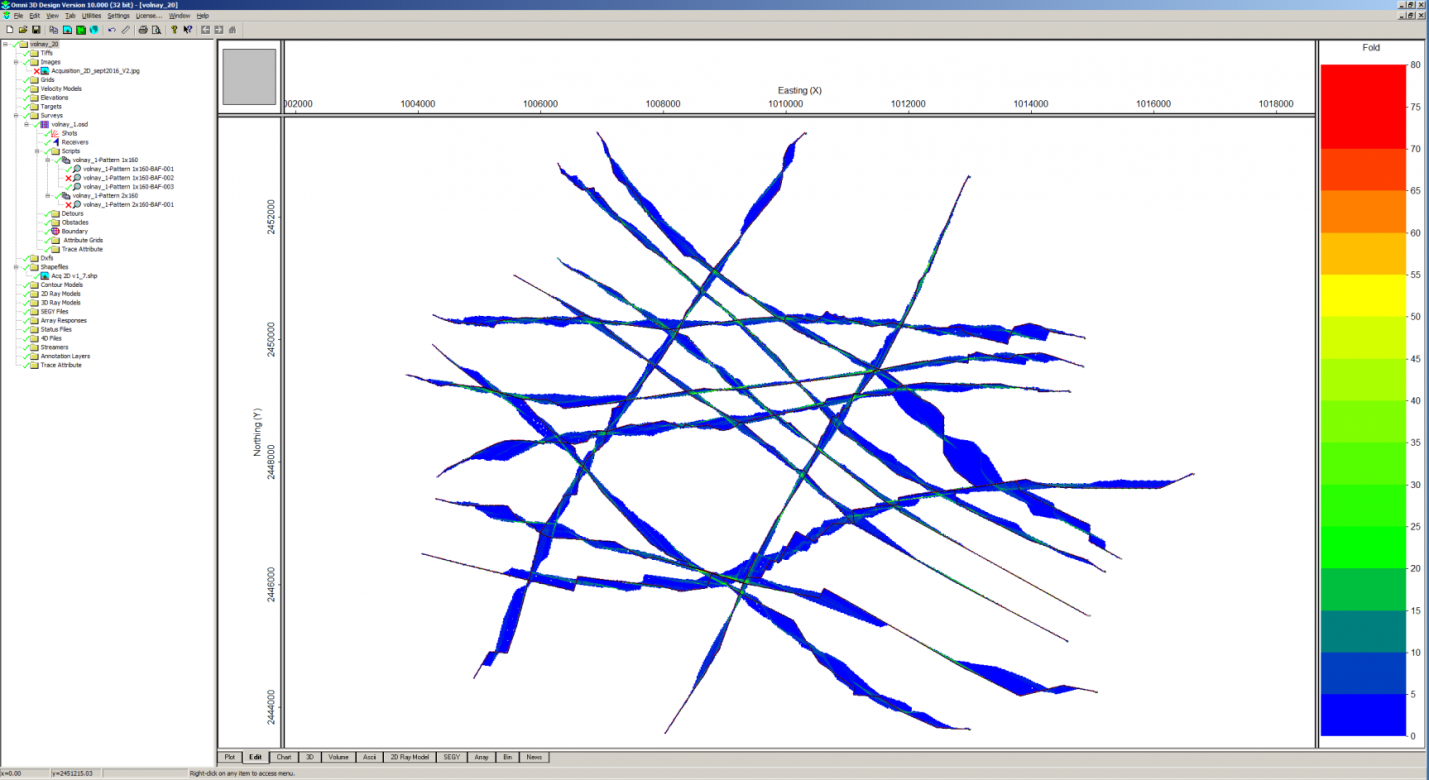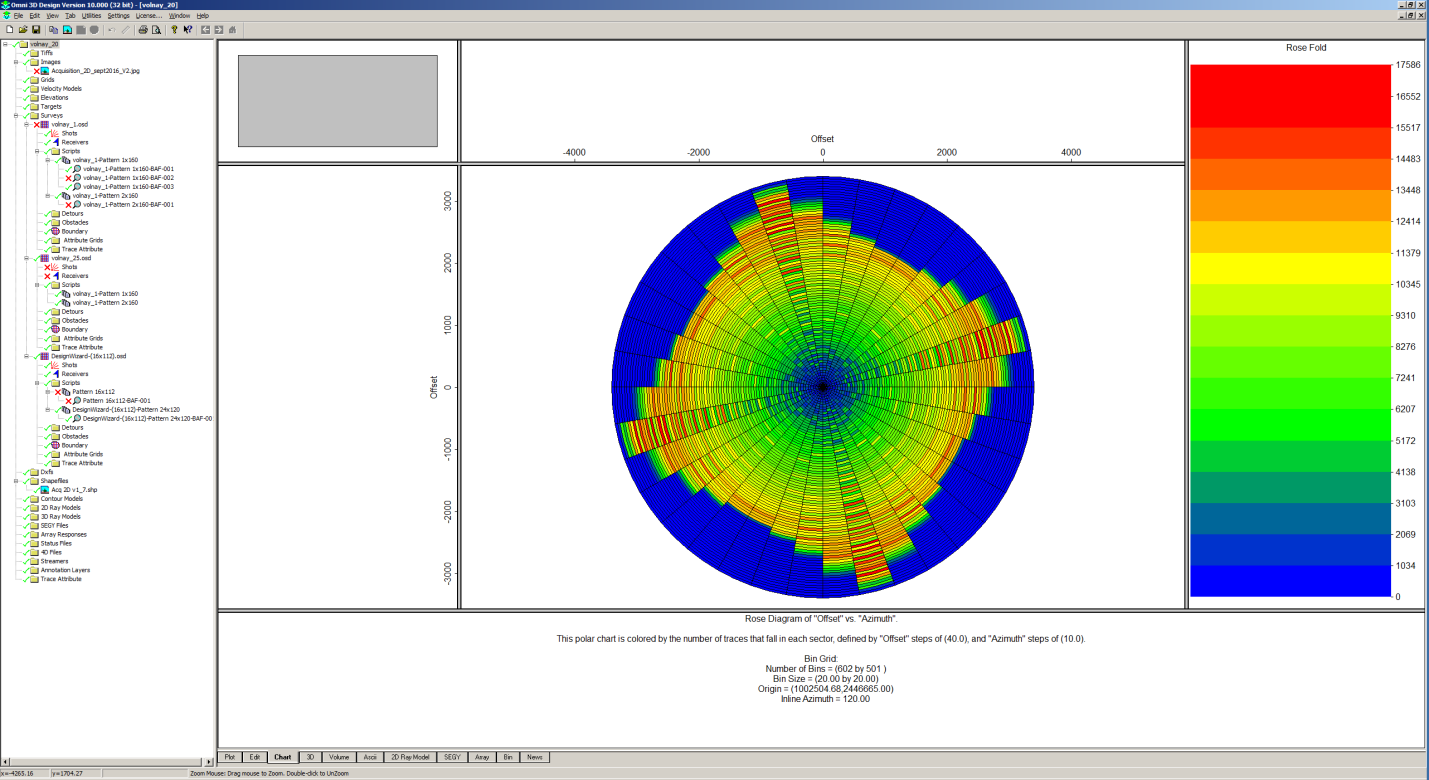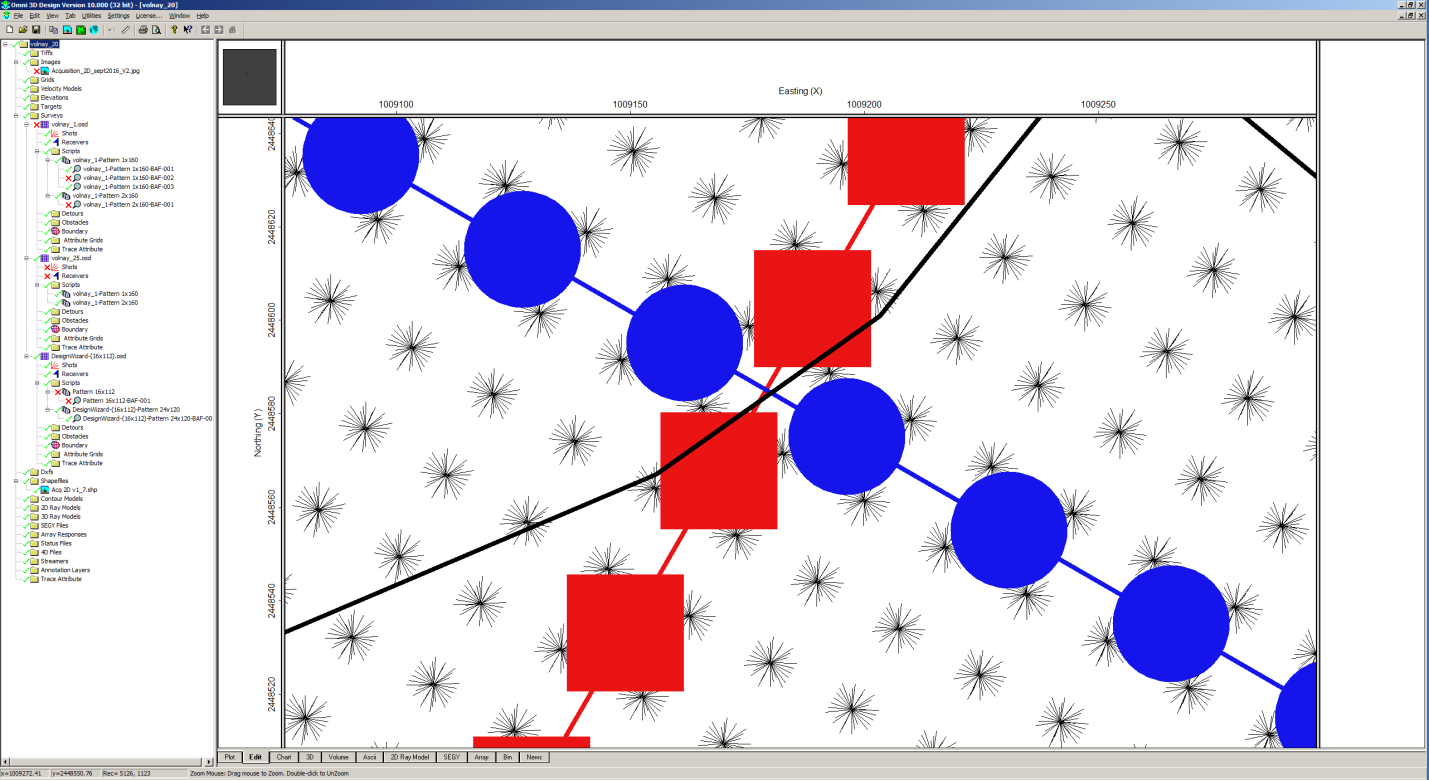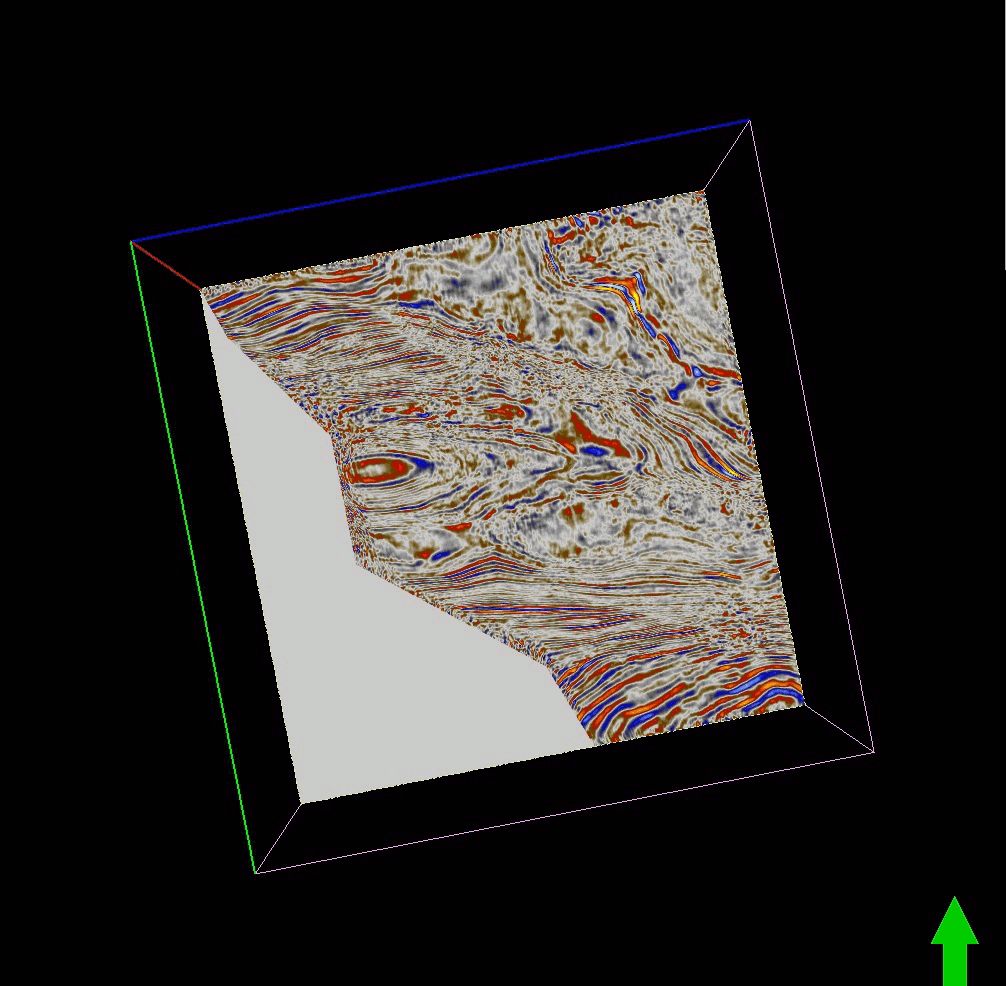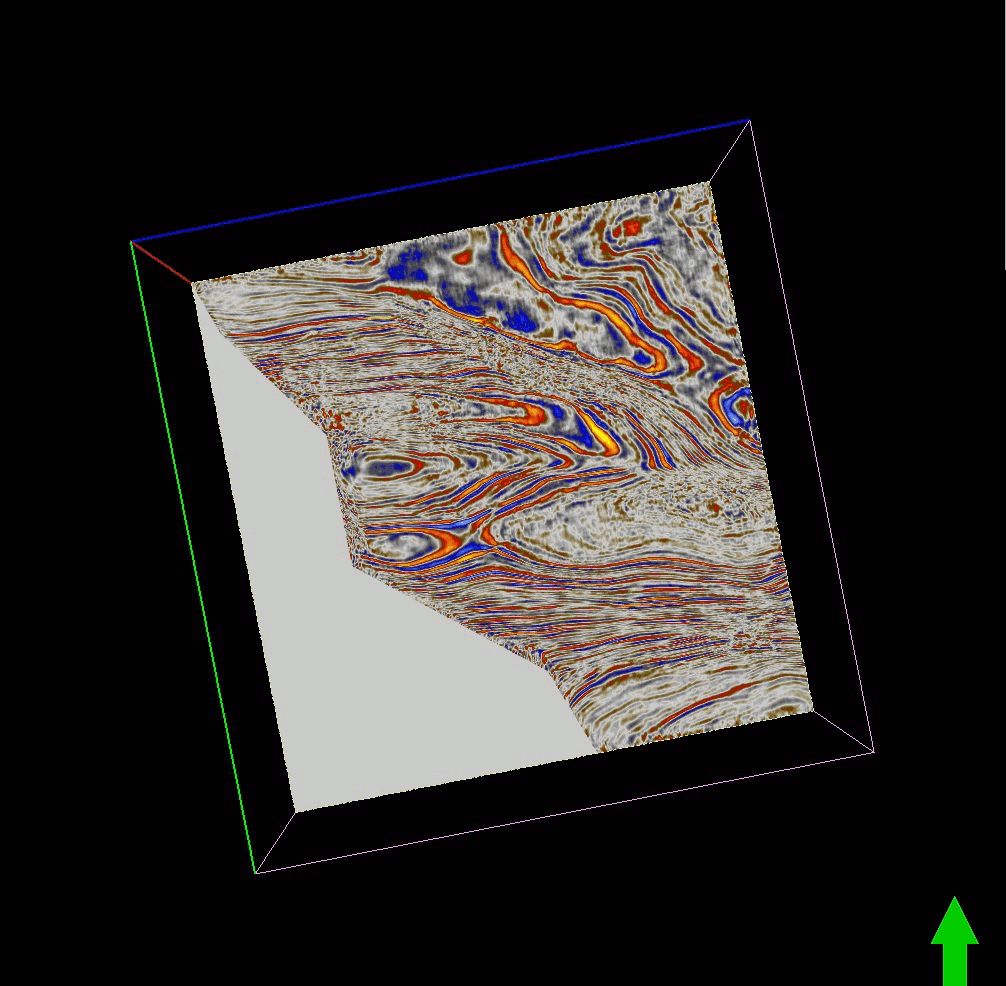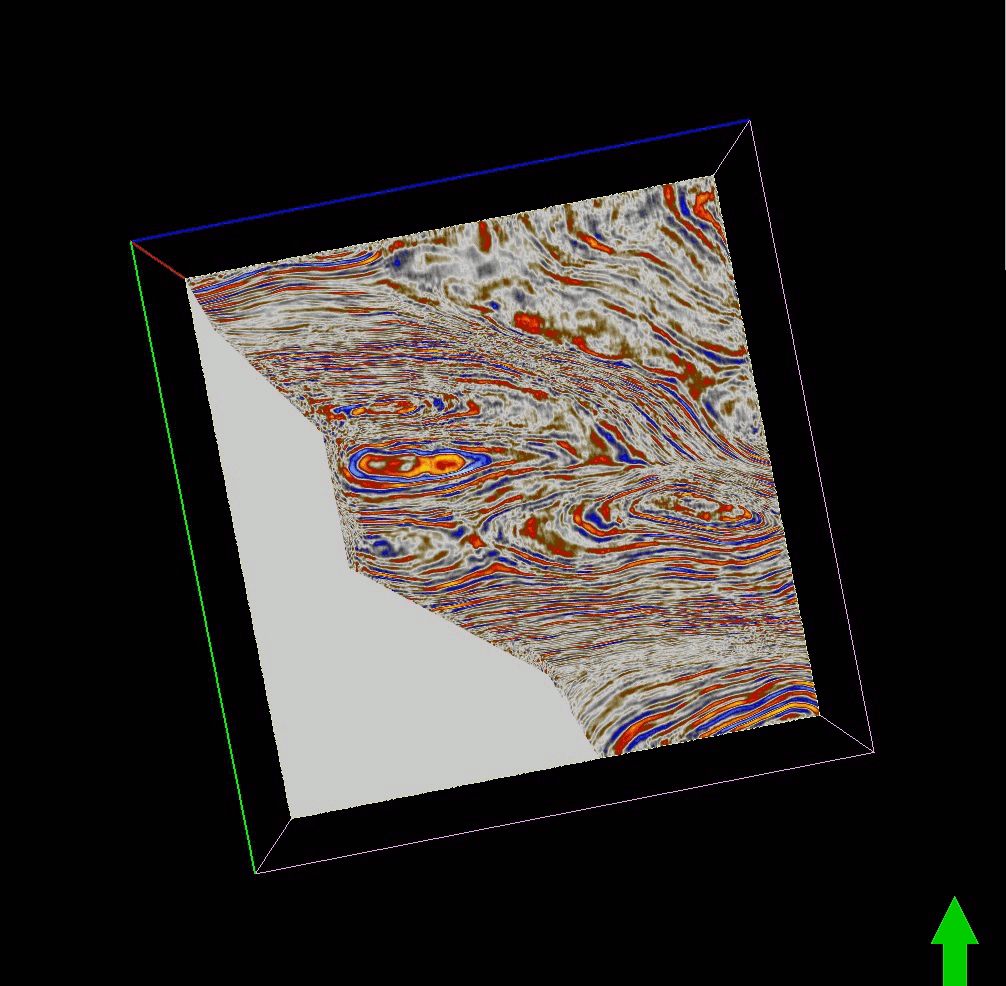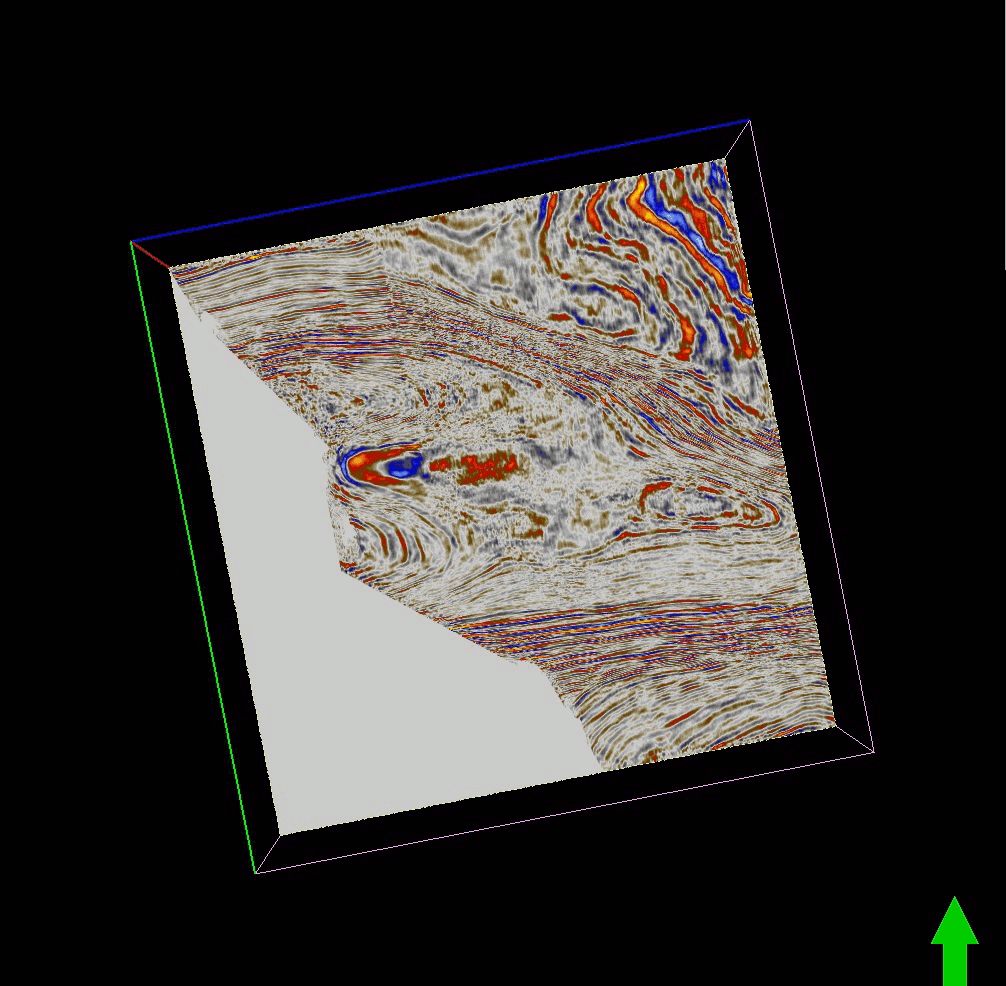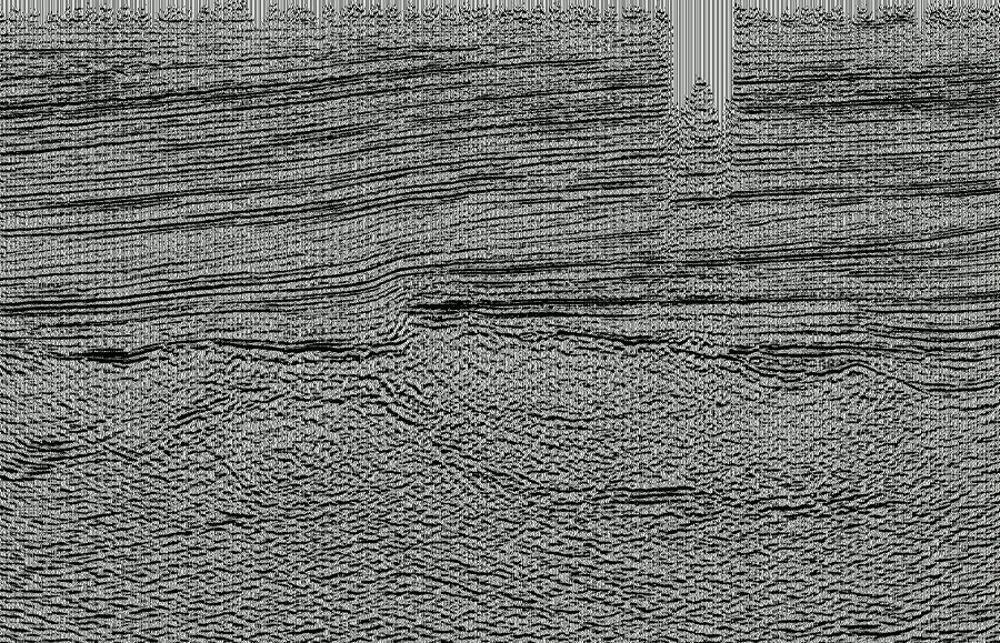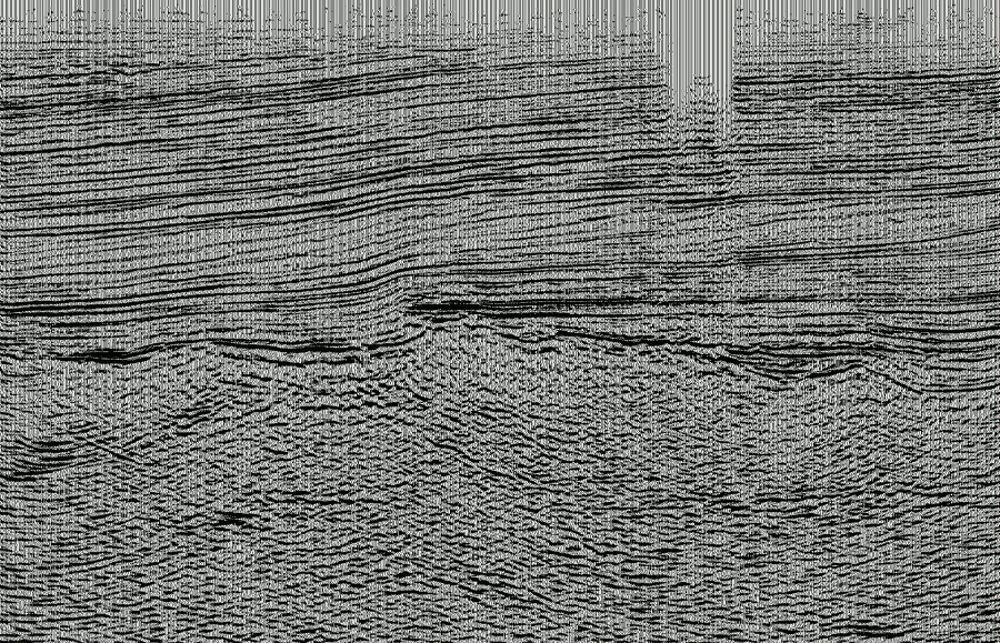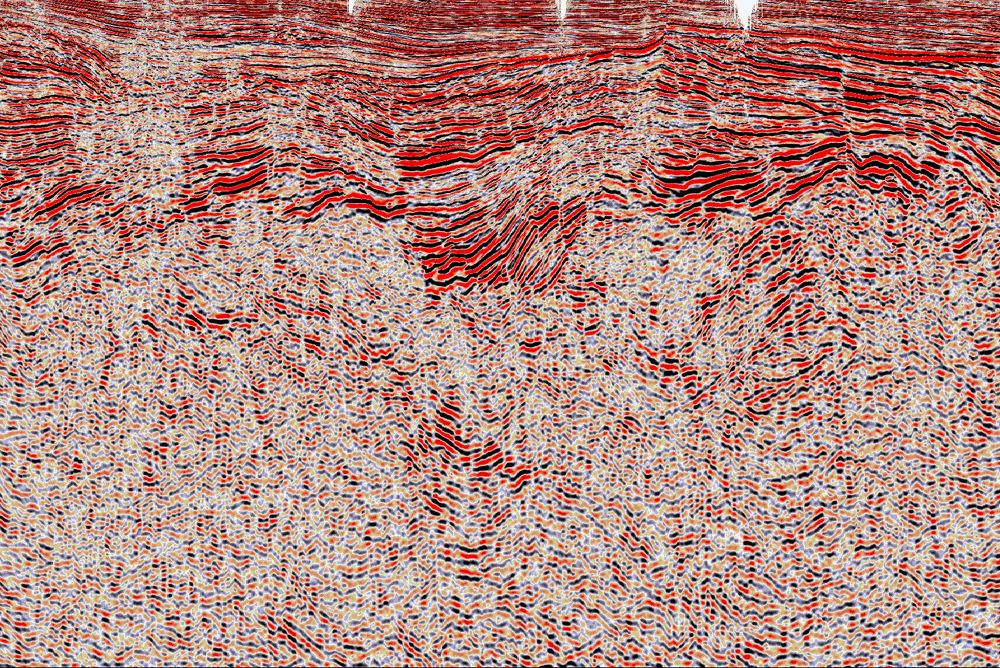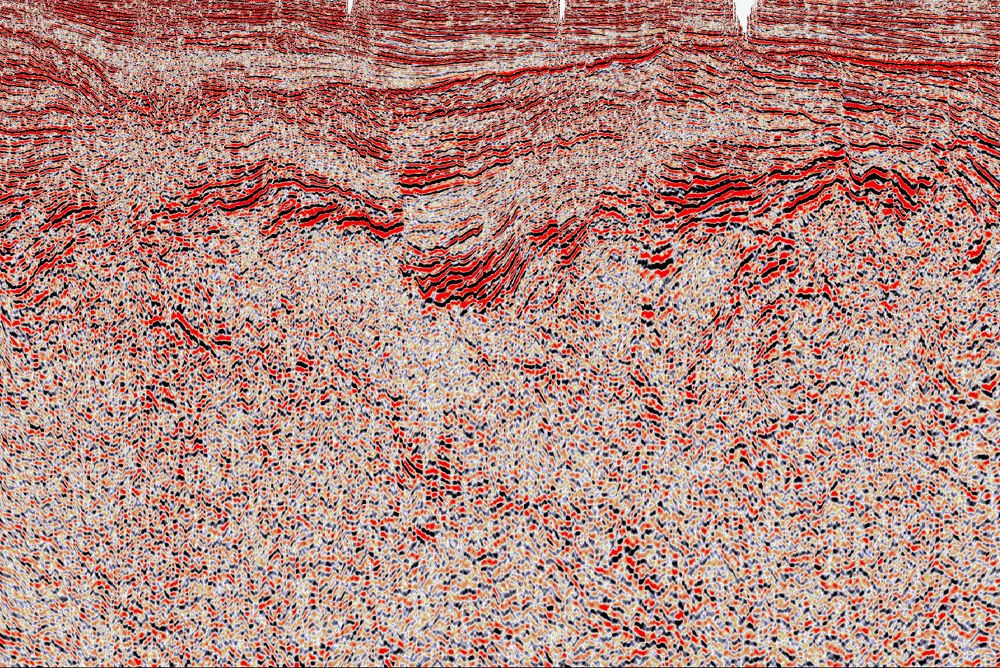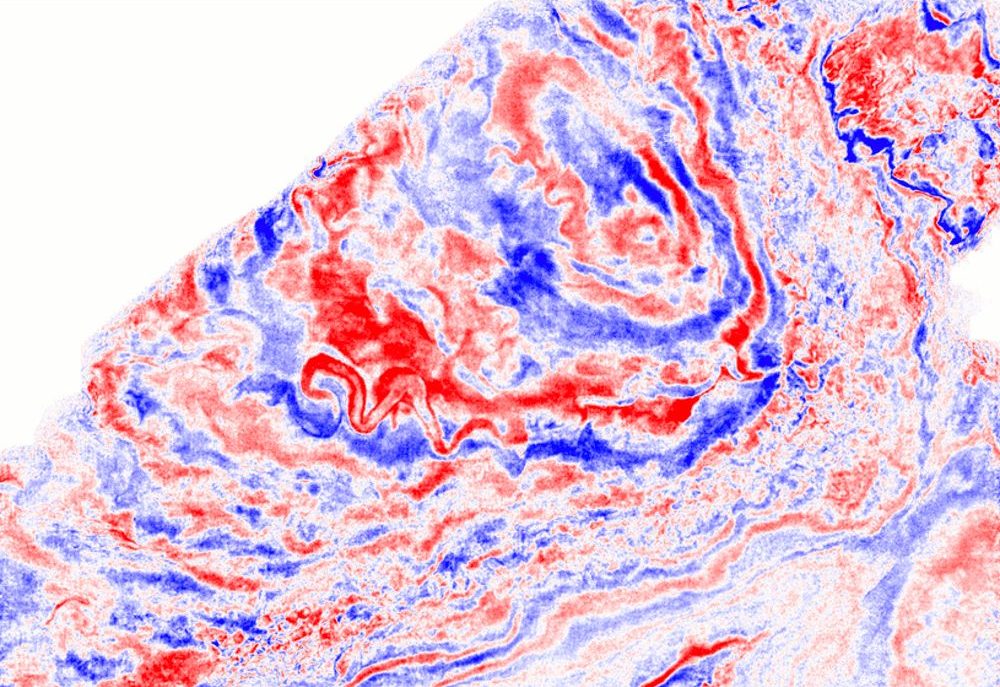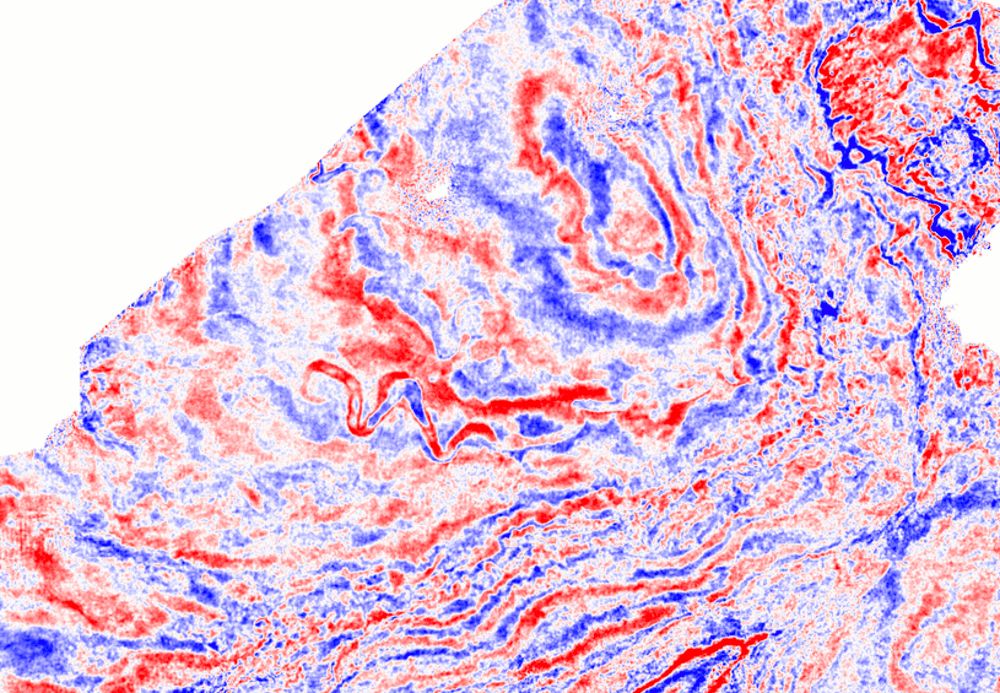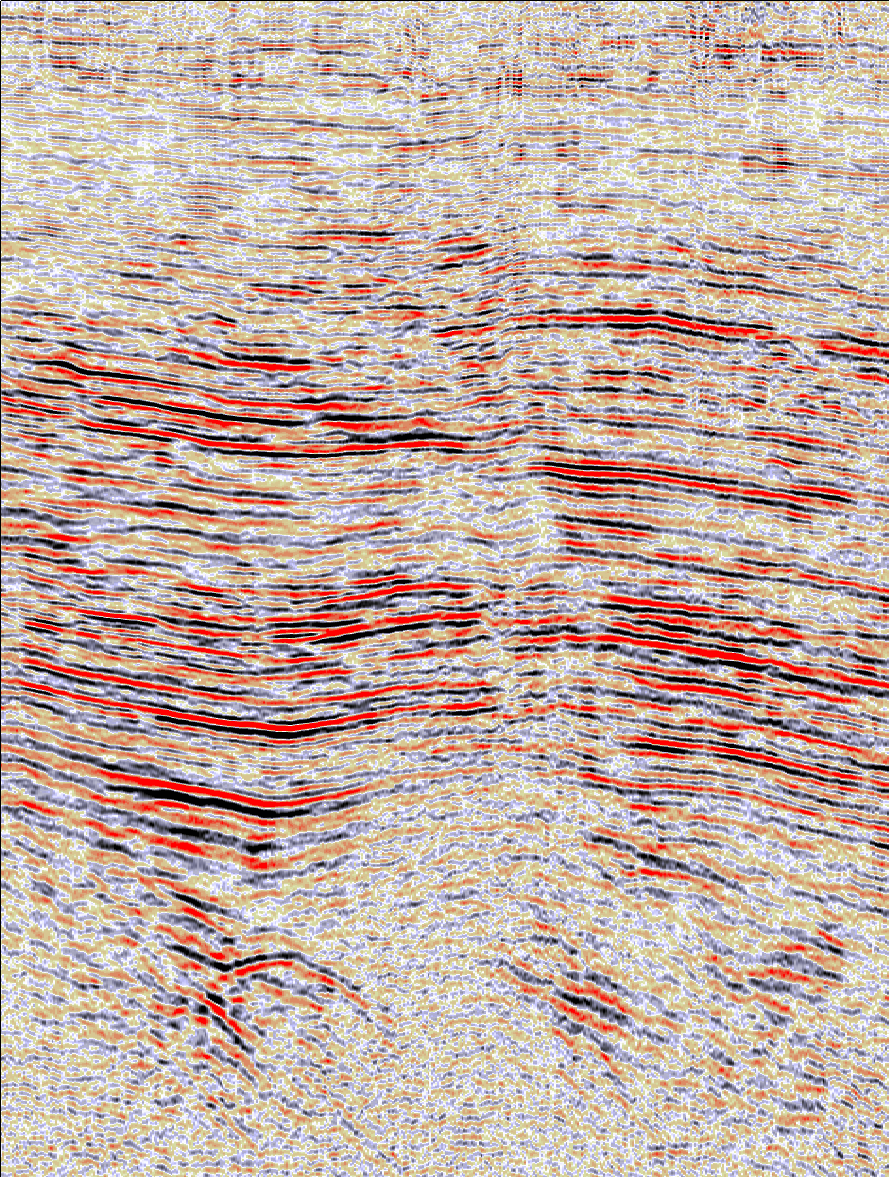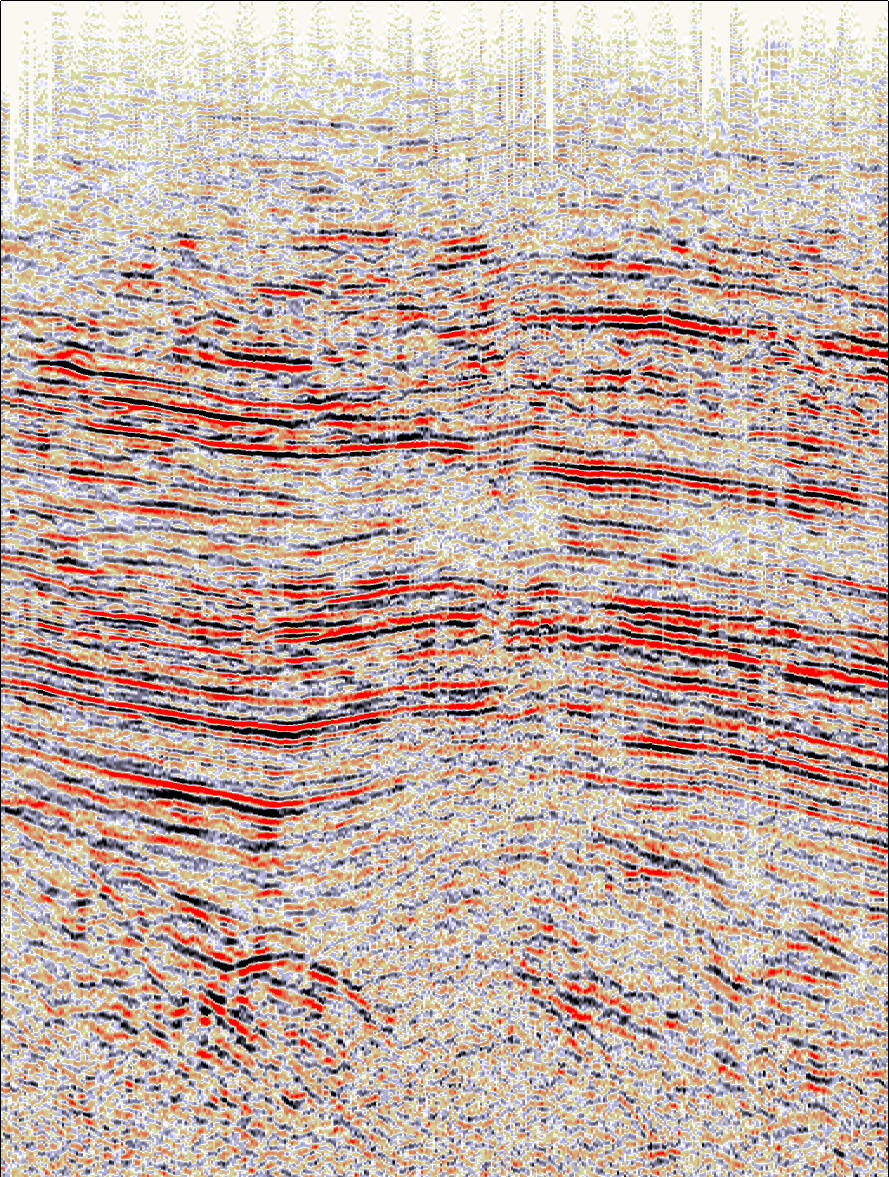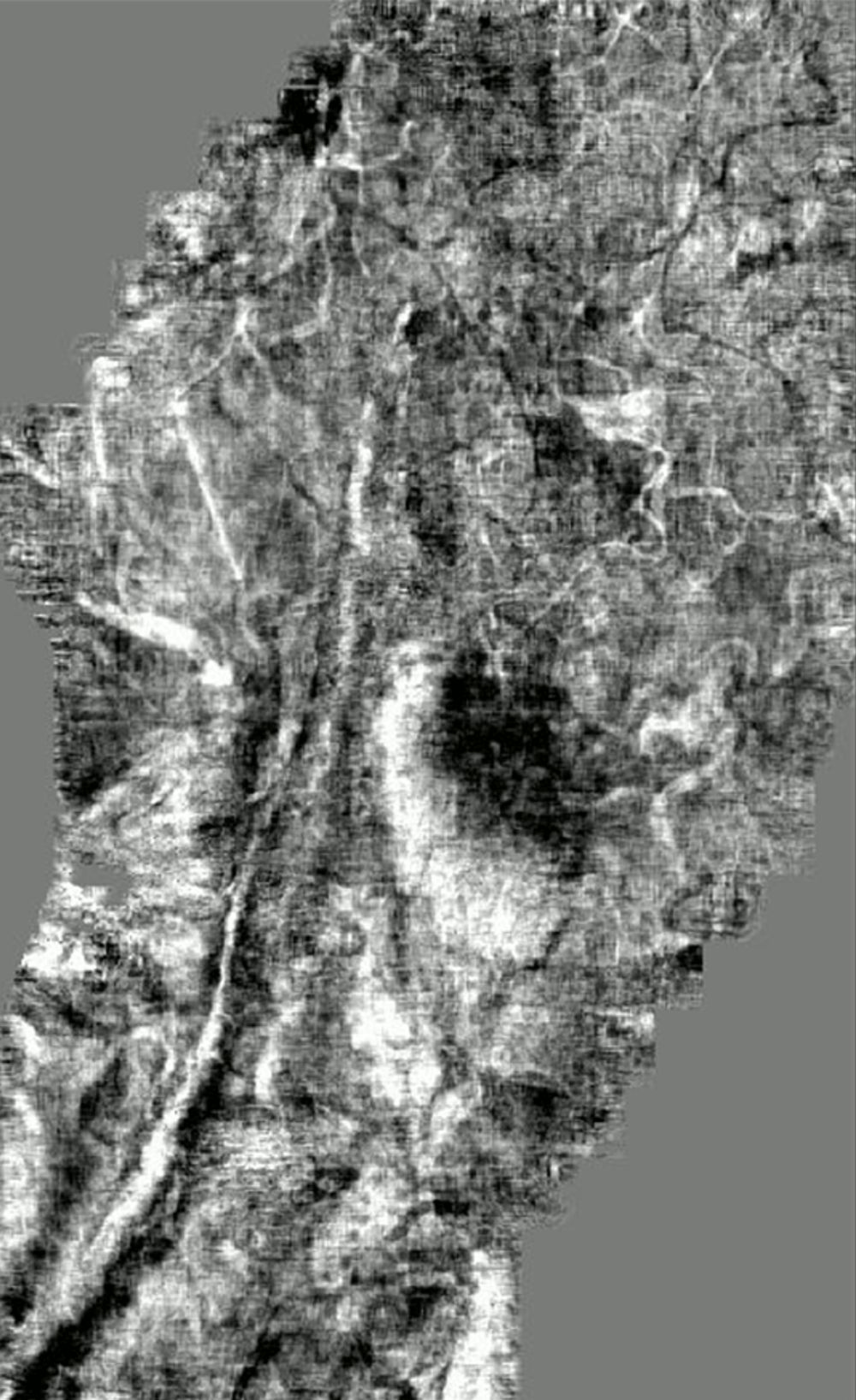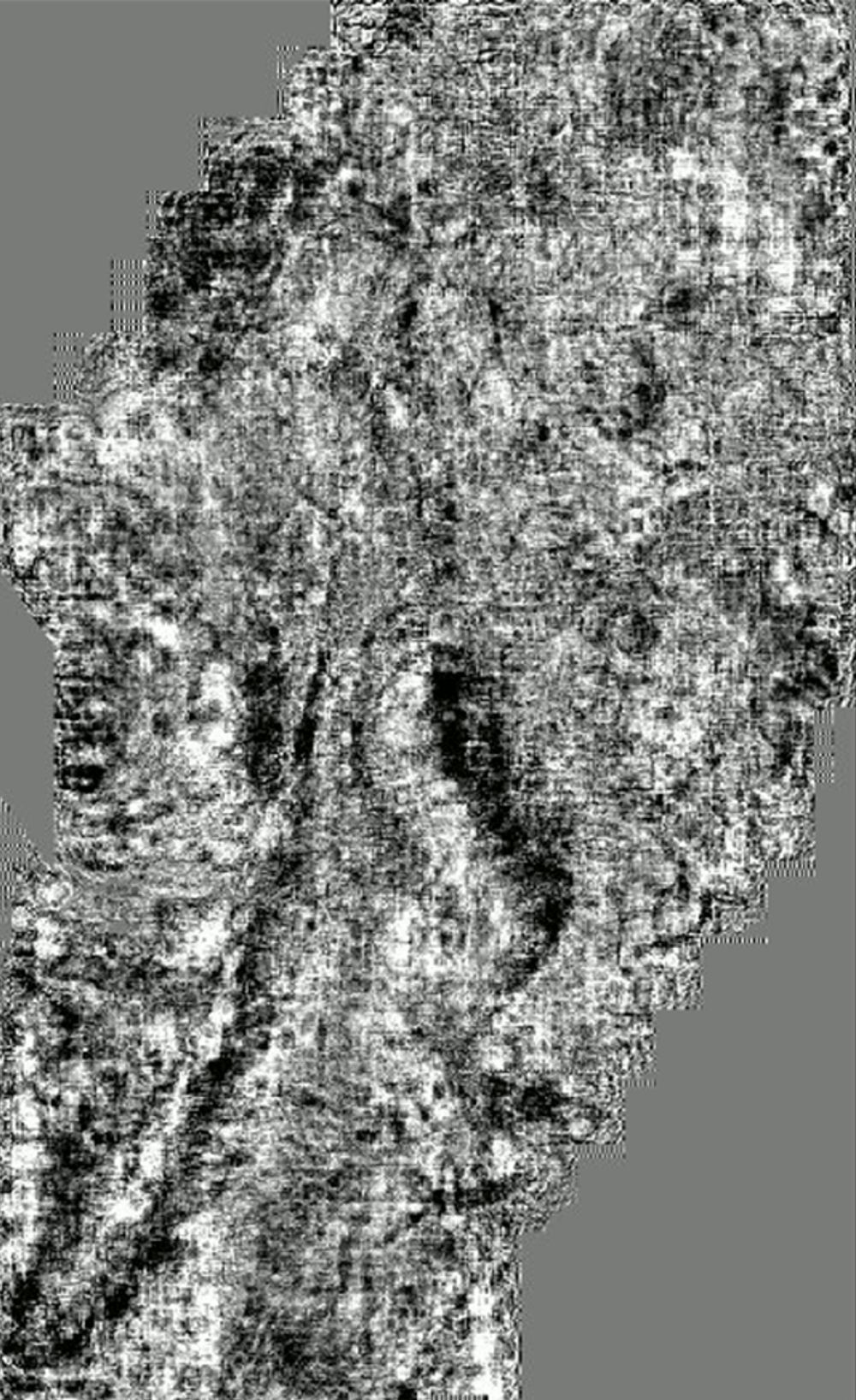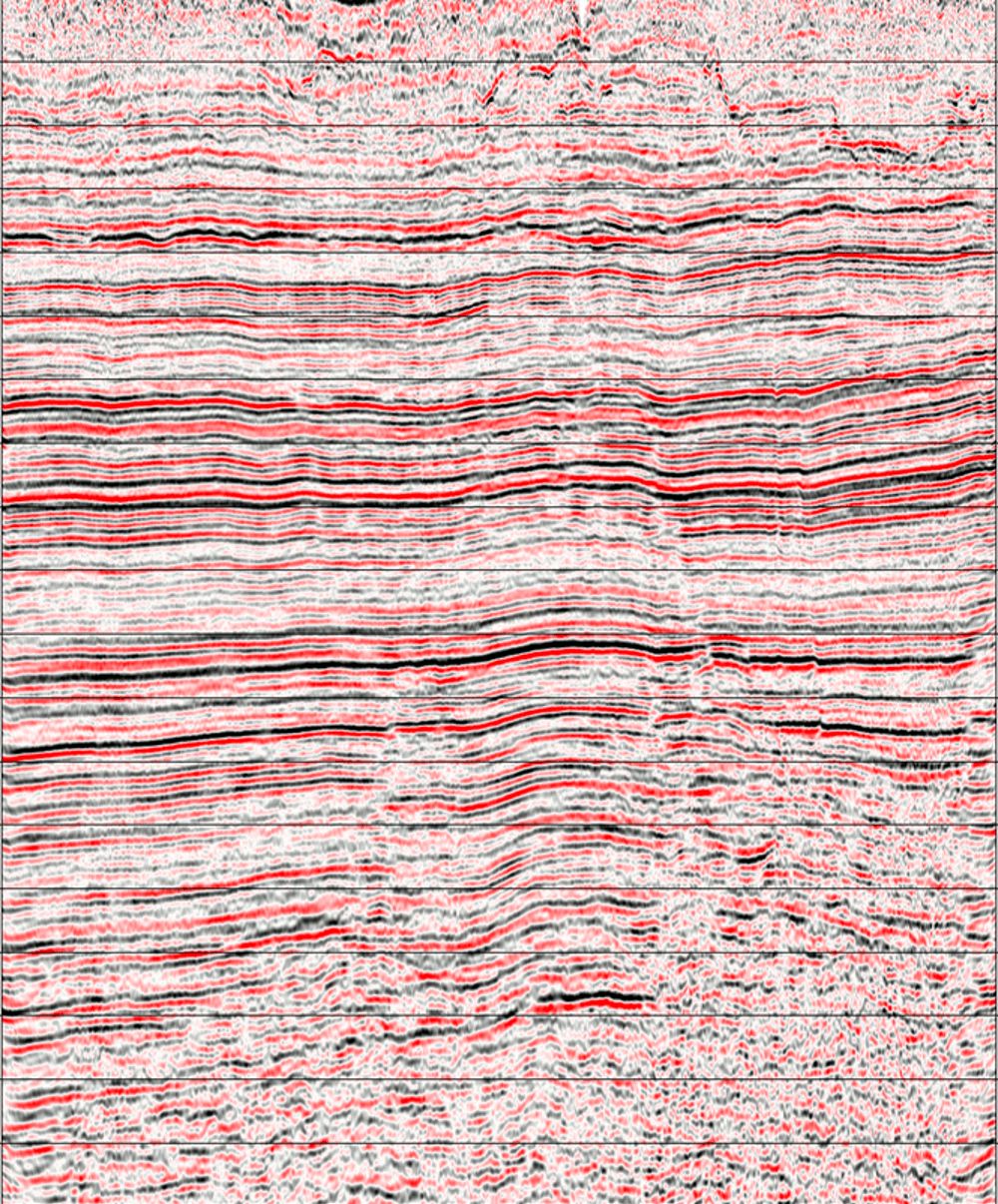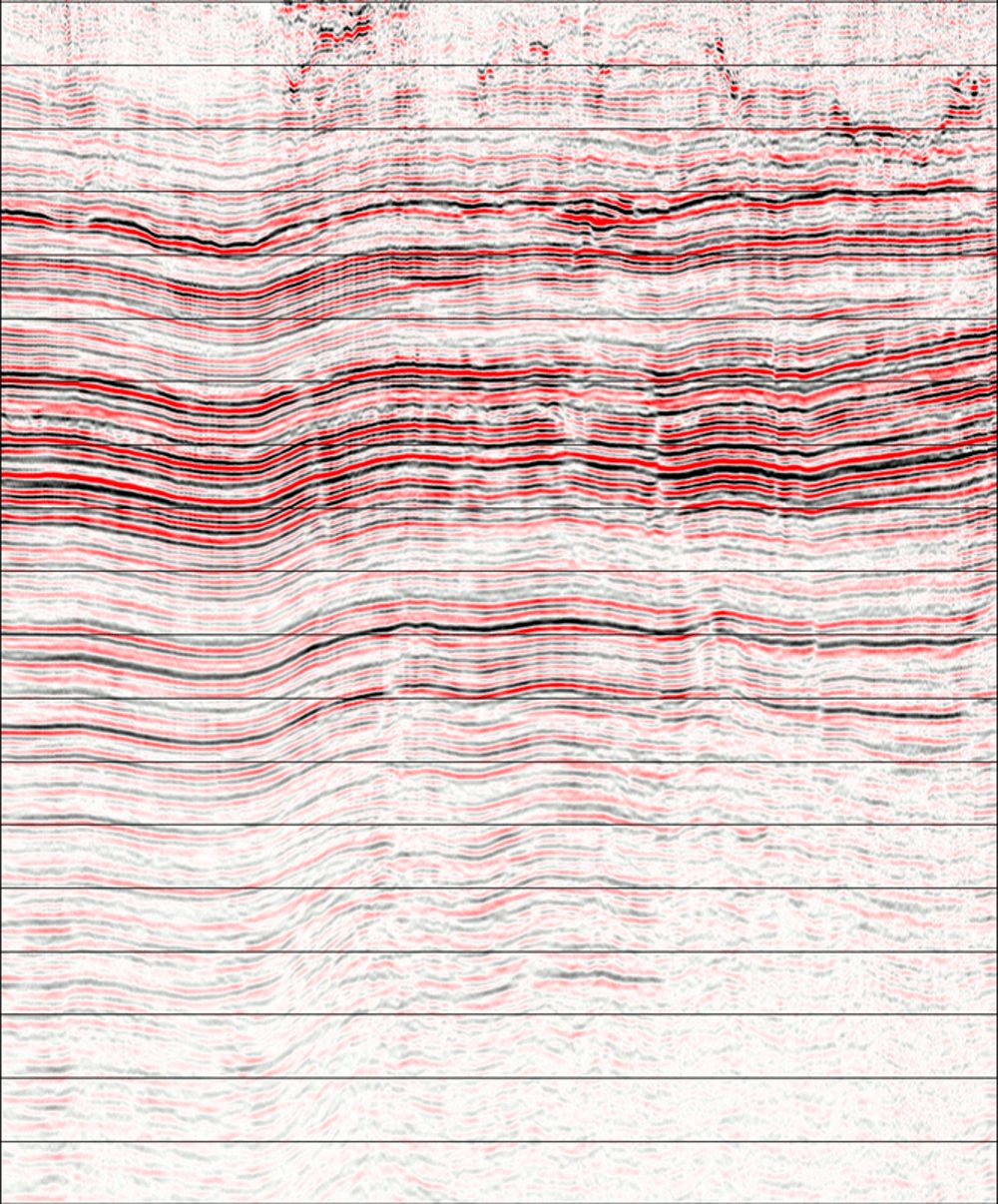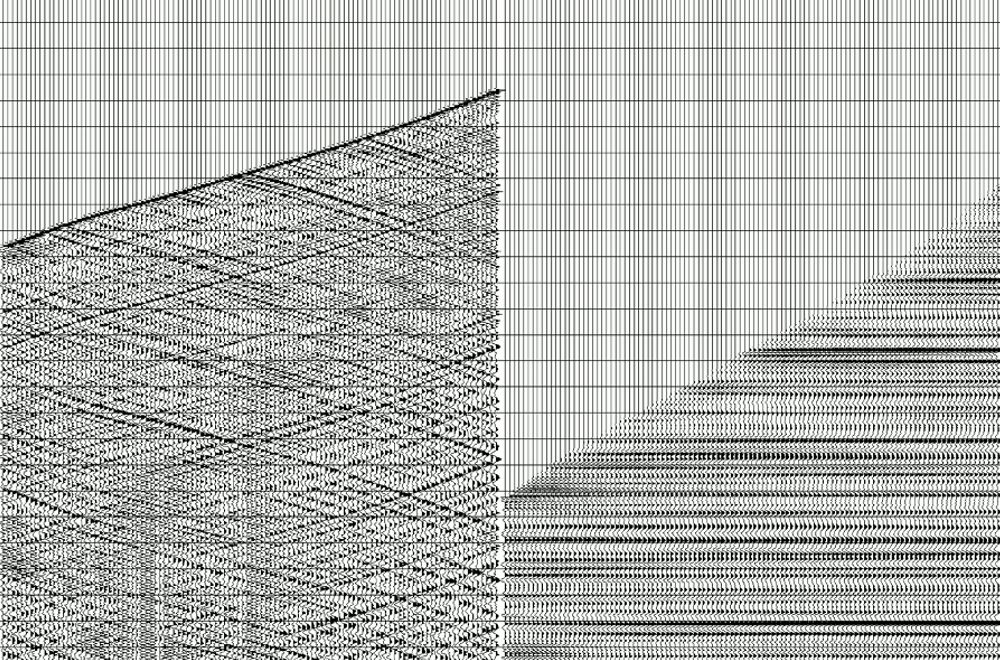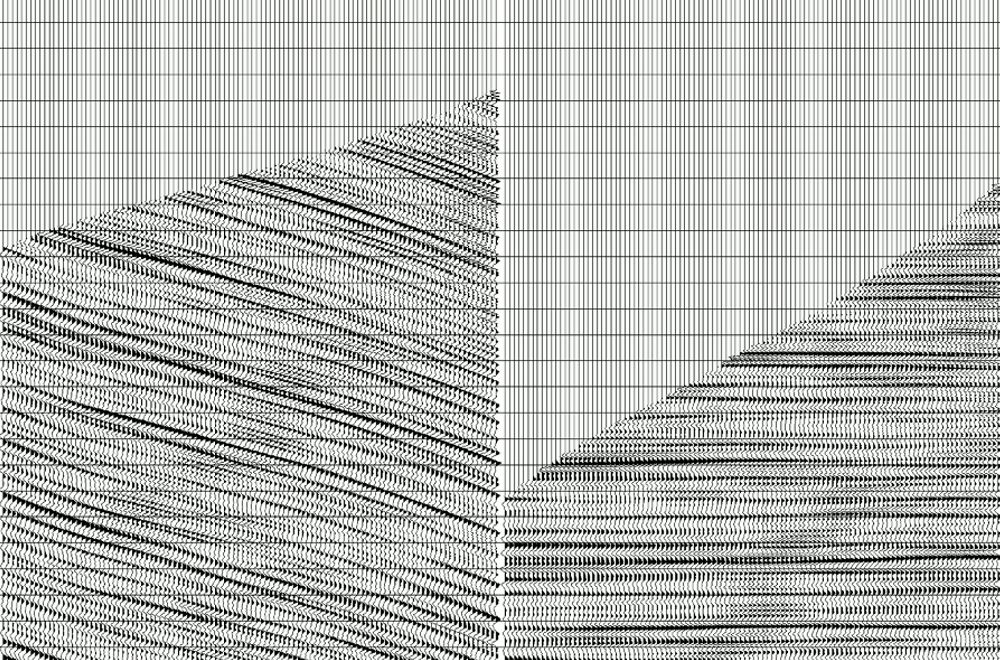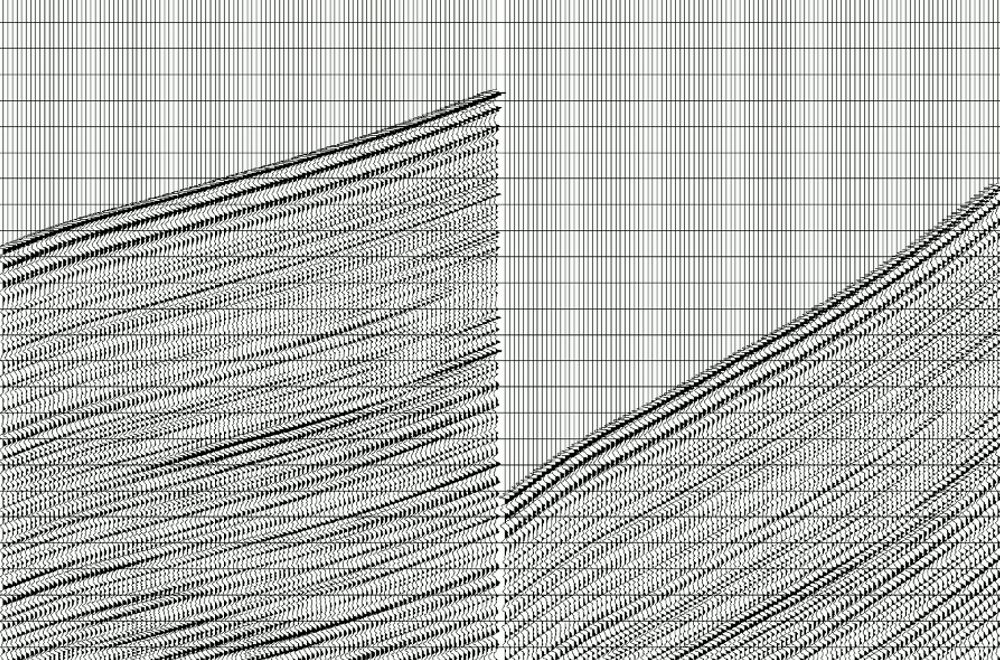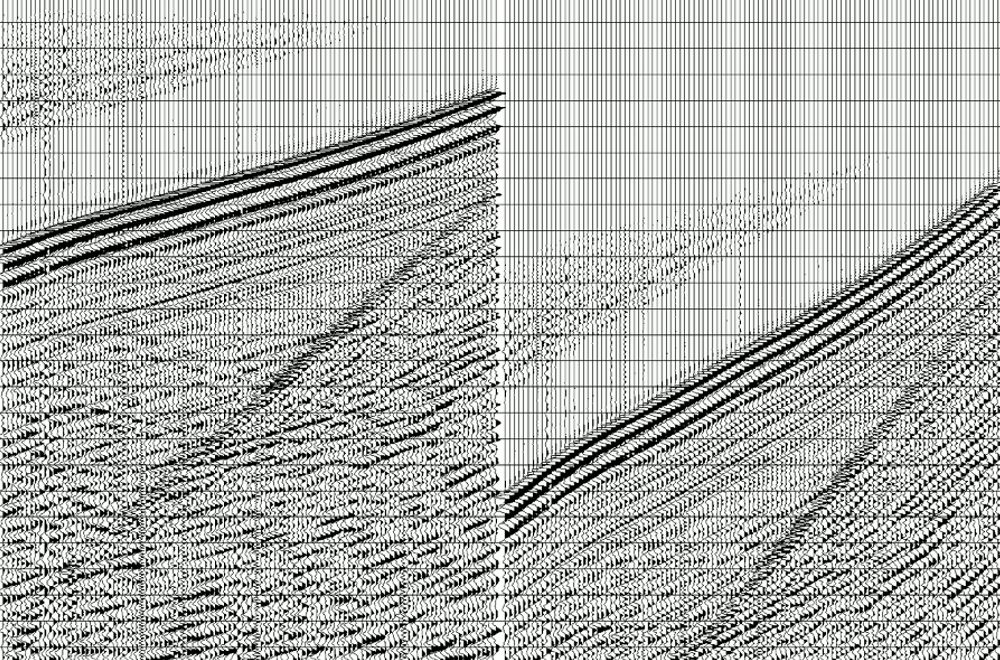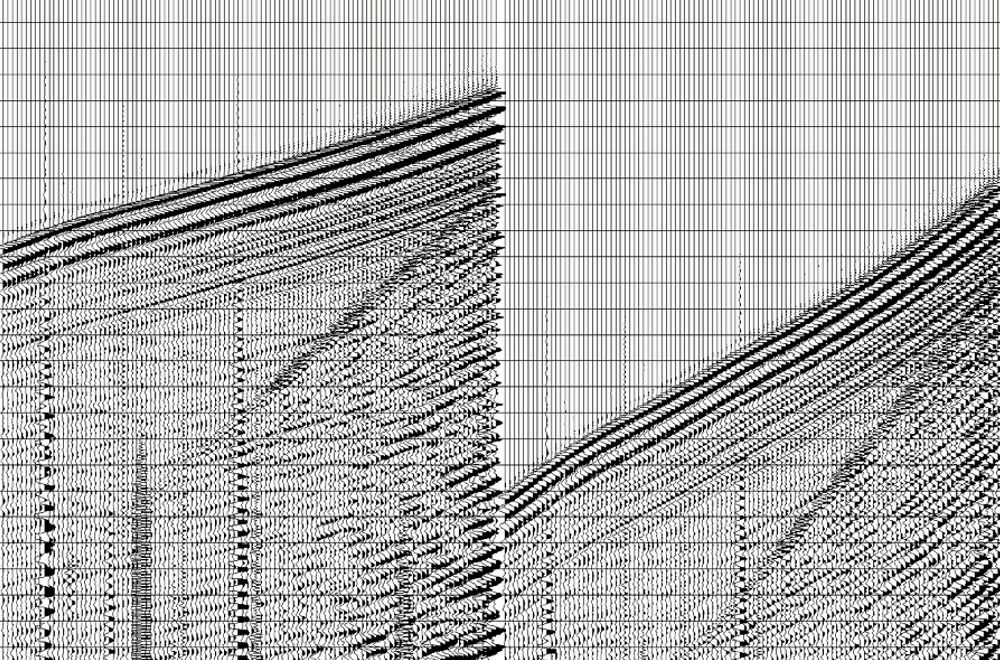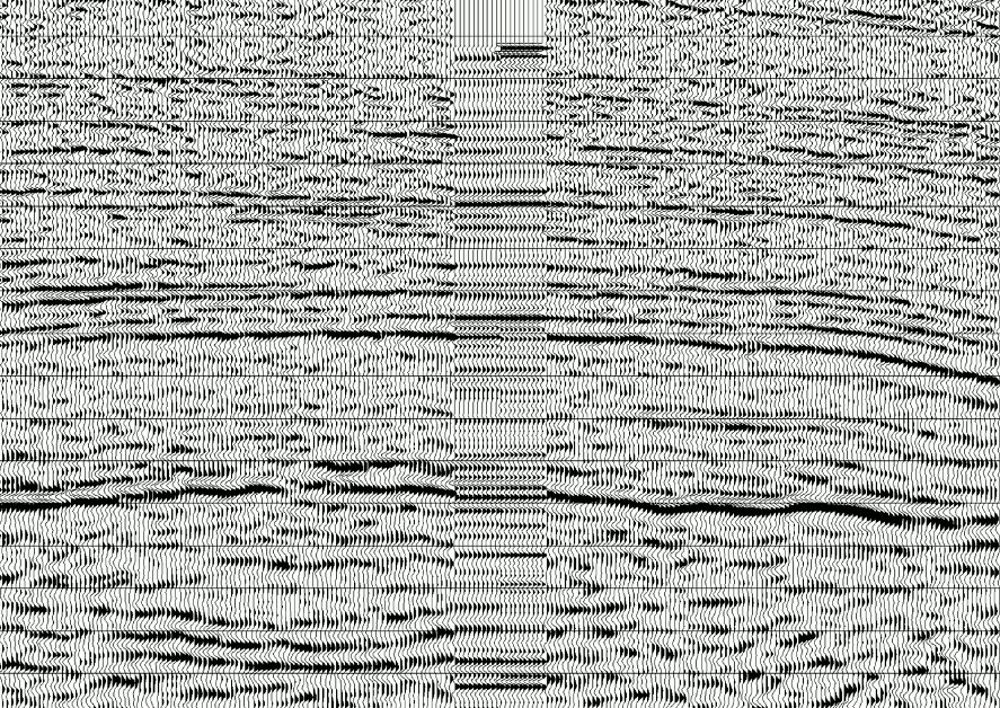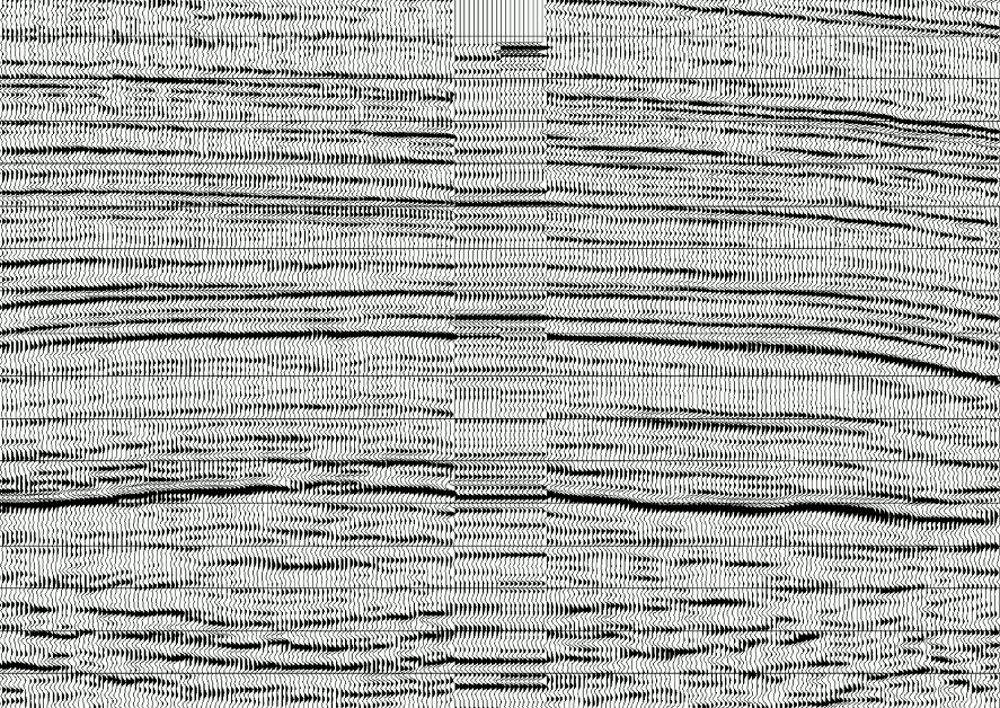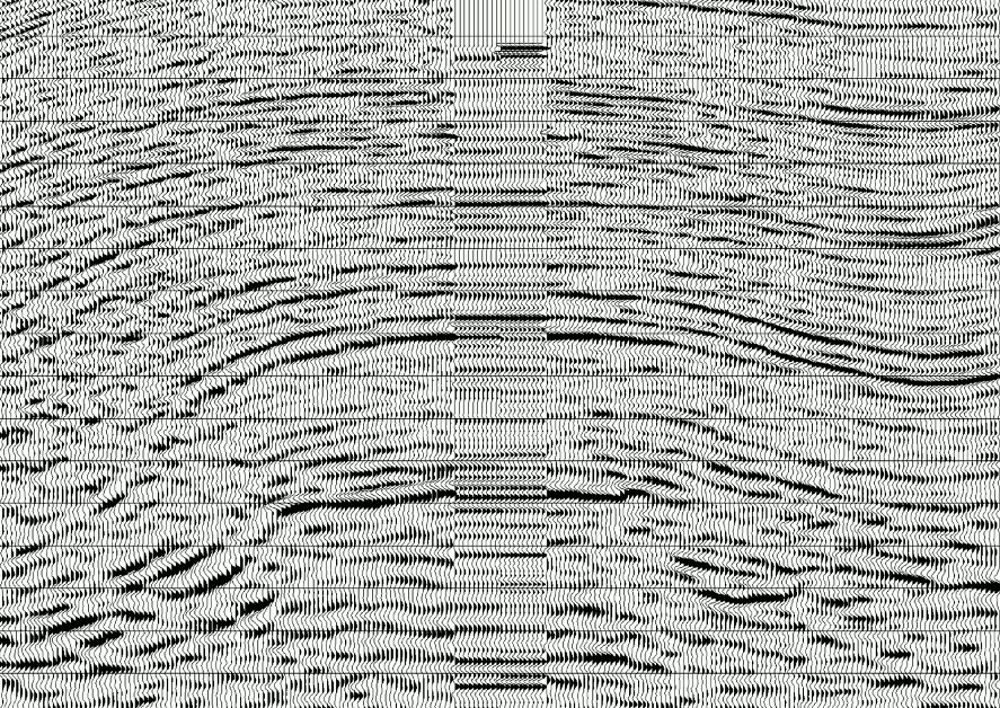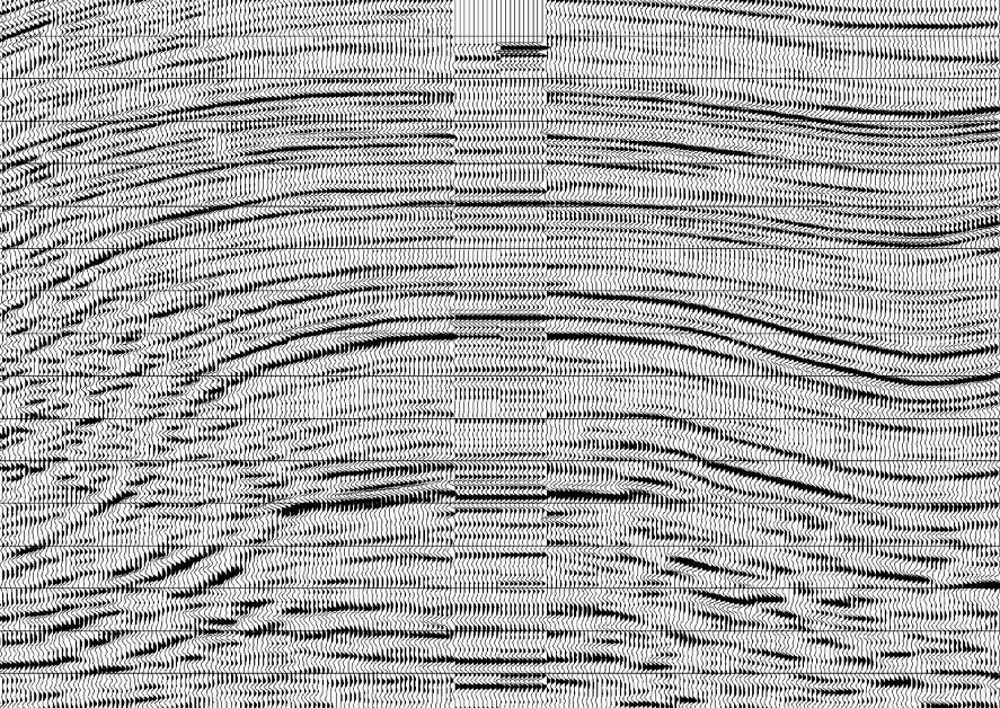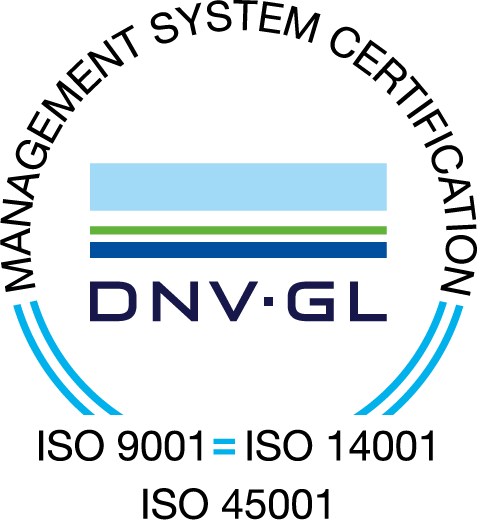Seismic Data Processing
Seismic Data Processing
Geoinform’s Seismic Data Processing Centre (SDP) provides solutions for an early but very important phase of hydrocarbon and geothermal exploration. Besides seismic processing/reprocessing Geoinform offers survey design, field QC and data restoration to satisfy customers’ needs. Our integrated seismic data processing solutions include the handling of static problems, which delivers further value to our clients. In line with today’s oil industry trends we also focus on seismic solutions for field development and production phases.
Survey design
Survey design, especially with today's high standards, requires extreme care and foresight (vertical and horizontal resolution, time and money needed, target surveying and processing steps).
The target, and the greatest challenge, is to balance the aforementioned parameters. We are ready to provide a professional survey design with our experience and Omni Workshop software.
Field QC
Our QC geophysicists offer continuous support for the representative of the contractor as well as providing information about the state of the project and data quality.
QC/QA also help in finalising survey parameters at the beginning of the project.
During a survey they secure appropriate data handling and downloading and provide quality control for seismic, geodesy and auxiliary data, and also deliver QA data and figures.
At the closing of the project QA/QC finalise and hand over survey data and prepare a report for processing.
Standard processing
We have more than four decades of experience in the field of digital seismic data processing. During these years continuous research and development have been key to keeping our data processing service up-to-date and of the best quality. The use of CGG (Geovation, GeoCluster), Schlumberger/WesternGeco (Omega2), and Halliburton (ProMAX) softwares in expert hands, guarantees top quality for our customers.
PSTM
Today, the Pre-Stack Time Migration method (PSTM) has become an integrated part of seismic time processing. Many years of experience in our company serves as a safeguard for excellent and consistent quality. Two market leader software alternatives are available for PSTM processing in our SDP Centre: CGG's Geovation and Schlumberger/WesternGeco's Omega2.
PSDM
Pre-Stack Depth Migration (PSDM) provides the answers to many of the fundamental problems in seismic imaging. Kirchhoff PSDM is becoming a quintessential part of our continuously expanding range of processing services. Nevertheless, depth migration is not just a part of the processing sequence but has a significant influence on seismic interpretation hence it can be considered as a comprehensive workflow. For professional implementation of this process, Omega2 and Petrel are available in our center.
Fast processing
3D-4D-5D interpolation – regularization
Reprocessing
Data management and restoration
Geoinform has long-running experience with tapes and cartridges and downloading their data to hard disk drives to be able to process the data with available hardware. We secure approximately 1000 tapes yearly that are split between a number of contractors. We have also gained valuable experience in 2D and 3D SPS file generation
Sometimes customers are faced with poor quality data, damaged files or even special data formats (e.g. rode). Geoinform provides reliable solutions for these challenges as well.
Statics solutions
Problems imposed by the complexity of the weathering layer are best handled by integrating background geological knowledge into the weathering model. Our most common statics computation methods: up-hole based model, refraction statics, tomographic statics, geological model.
Our statics computation expertise and success are the result of a decade long development cooperation with CDP Consulting, France.



